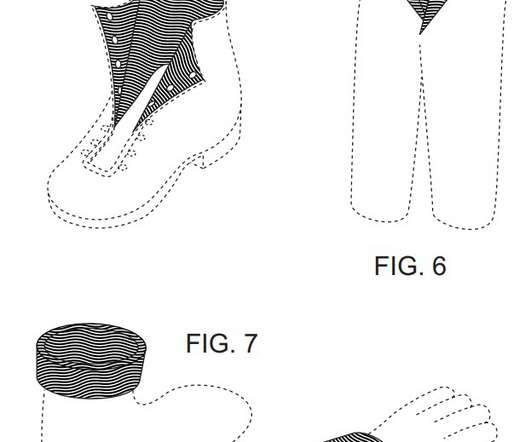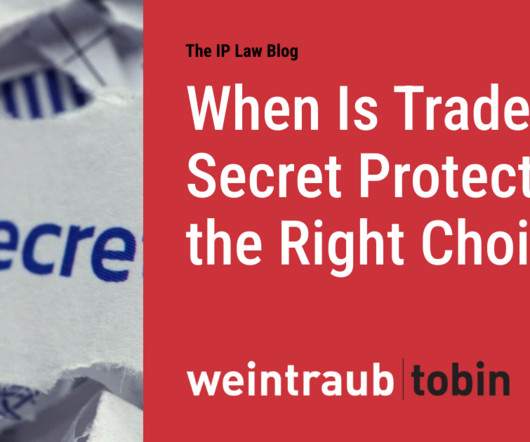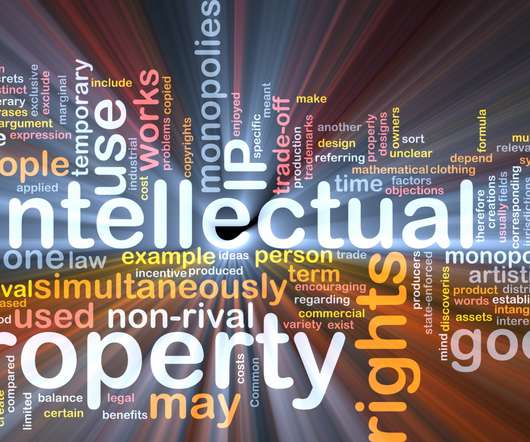The Scope of Comparison Prior Art in Design Patent Infringement
Patently-O
SEPTEMBER 2, 2022
2022) raises a number of important design patent law questions, including an issue of first-impression of the scope of “comparison prior art” available for the ordinary observer infringement analysis under Egyptian Goddess, Inc. An accused design does not have to exactly match the drawings. by Dennis Crouch.














Let's personalize your content